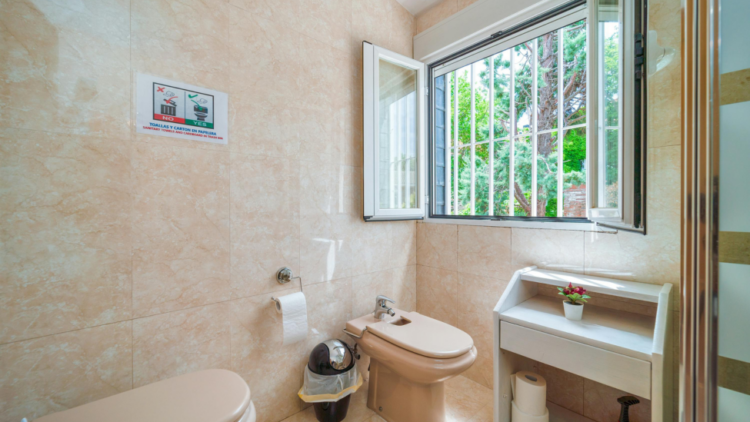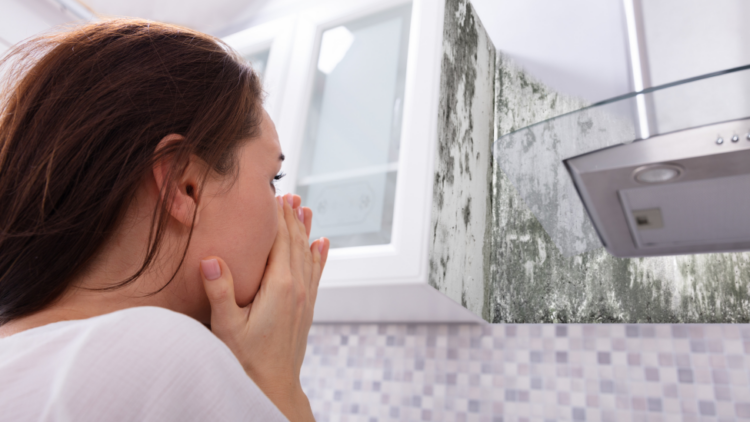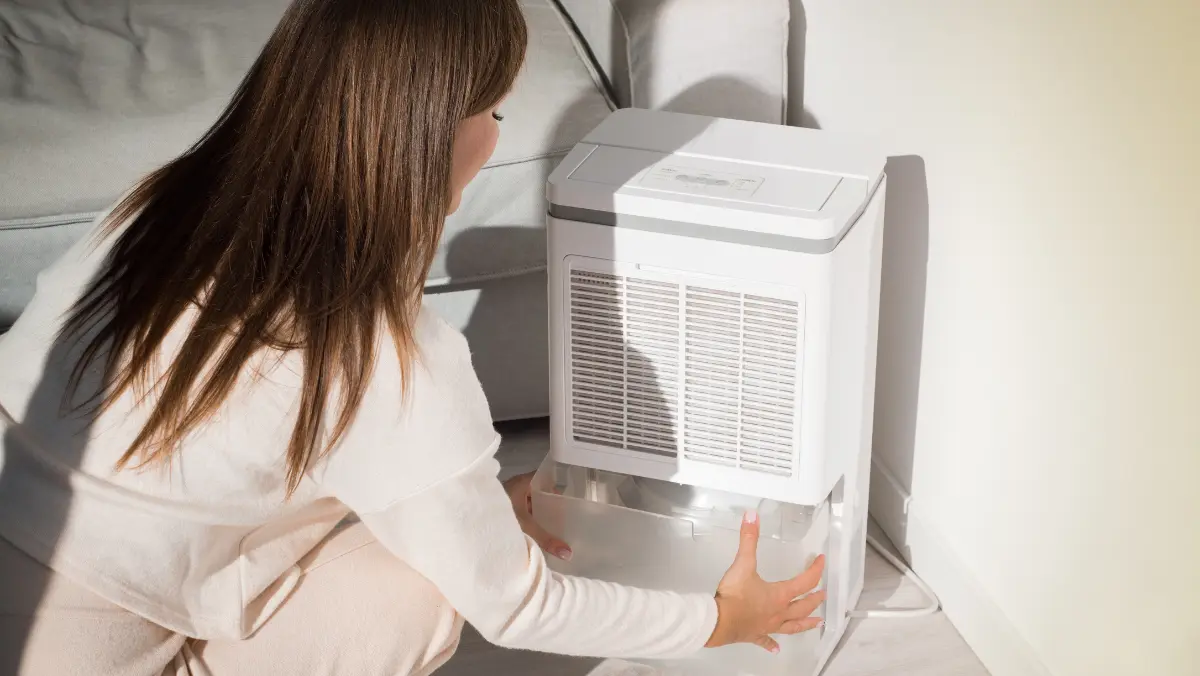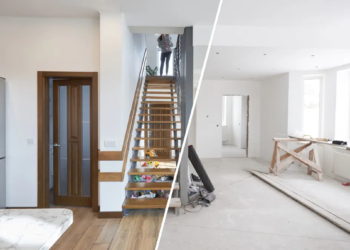Have you ever walked into your home and felt like the air was thick and sticky? You’ve likely experienced high indoor humidity. Learning how to reduce the humidity in your home is essential to your health, your home’s condition, and even your energy bills. Too much indoor moisture can cause mold and mildew, trigger allergies, and damage everything from your walls to your furniture. But with a few simple strategies, you can take control of your indoor air quality.
Why Humidity Matters
Humidity refers to the amount of moisture in the air. Indoors, high humidity can throw off the balance of your living environment. It creates the perfect breeding ground for bacteria, dust mites, and mold spores, all of which can negatively impact your health.
If the air feels muggy or you’re noticing an uptick in allergy symptoms, humidity may be the hidden culprit. High moisture levels can:
- Aggravate asthma and allergy symptoms
- Cause musty smells that linger even after cleaning
- Create an ideal environment for mold and mildew
- Lead to rot, peeling paint, and warped flooring or furniture
Keeping humidity in check is just as important as temperature when it comes to maintaining a comfortable, healthy home.
- Read: Same Size, Better Deal: Canadian Cities That Outshine Their U.S. Counterparts in Affordability
Common Signs of High Humidity in the House
Not sure if your humidity levels are off? Your home may already be showing the signs.
- Condensation on windows – especially in the mornings or when it’s cooler outside
- Musty or damp smells – often strongest in closets, basements, or bathrooms
- Visible mold growth – particularly on walls, ceilings, or in corners
- Warped wood – floors that feel uneven or furniture that doesn’t sit right
- Sticky or clammy air – when the room just doesn’t feel fresh or breathable
- Increased allergy or respiratory symptoms – that seem to worsen indoors
These are red flags that your indoor humidity is likely above the ideal range of 30%-50%.
Everyday Habits That Help Lower Humidity

You don’t need to spend a fortune to start making a difference. Many of the best home humidity solutions begin with small adjustments to your daily habits.
Ventilation
Ventilation is key. Letting air circulate helps remove excess moisture. Try opening windows when the weather allows, or using ceiling fans to keep air moving.
Exhaust Fans
Use your exhaust fans. Run the fan in your bathroom during and after showers, and in your kitchen while cooking. Steam is a major contributor to indoor moisture.
Handling Laundry
Change how you handle laundry. Drying clothes indoors can add gallons of water to the air. If possible, hang clothes outside or use a vented dryer.
Indoor Plants
Be mindful of indoor plants. While they look great, too many houseplants can increase humidity in small spaces. If you’re battling moisture issues, reduce the number of plants or move them outdoors.
Cooking
Watch how you cook. Boiling water, steaming vegetables, and simmering soups all release moisture into the air. Use lids on pots and consider using the microwave or slow cooker instead.
Use Tools and Tech to Take Control
Sometimes habits aren’t enough, and that’s where technology can step in to make a big difference.
Dehumidifier
A dehumidifier is one of the most effective tools for lowering indoor moisture. It works by pulling humid air into the unit, condensing the moisture, and releasing dry air back into the room. It’s especially helpful in basements, laundry rooms, or any space that naturally holds damp air.
When choosing a dehumidifier:
- Match the size to your space. A small bedroom may only need a compact unit, but a large basement could require a heavy-duty model.
- Look for smart features. Auto shut-off, humidity control settings, and continuous drainage options make daily use easier.
- Consider noise and energy efficiency, especially if the unit will run in living spaces.
AC
Use your AC unit wisely. Air conditioners naturally remove some moisture from the air while cooling. To maximize this benefit, clean or replace filters regularly and use the “dry” mode if your unit has one. Don’t forget to seal around windows and doors so humid air doesn’t sneak in while your system is working hard.
Hygrometer
By installing a hygrometer, this small, inexpensive device helps measure indoor humidity. Keeping your levels between 30% and 50% helps prevent mold, preserves furniture, and keeps the air feeling fresh. Hygrometers are available at most hardware stores or online and are a helpful tool for monitoring progress.
Home Maintenance That Keeps Moisture Out
Some humidity issues stem from the structure of your home, not just what you do inside it. Preventing outside moisture from entering your space can save time, money, and stress later on.
Here’s what to check:
- Seal air leaks around windows, doors, and foundation cracks. Even small gaps can let in moist air.
- Insulate exposed pipes. Cold pipes attract condensation, which adds moisture to the air and can lead to water damage over time.
- Clean your gutters. Clogged gutters can lead to water buildup around the foundation, increasing indoor dampness, especially in basements.
- Waterproof your basement or crawl space. These are the dampest parts of any home. Consider installing a sump pump, a vapour barrier, or even a basement dehumidifier if the problem is ongoing.
When to Call a Professional

If you’ve done all the right things and your home still feels damp, or worse, if you’re seeing signs of mold or water damage, it’s time to bring in a pro.
Call in a specialist if:
- Your humidity levels stay above 60% despite using a dehumidifier
- There’s visible mold that keeps coming back after cleaning
- You smell persistent, musty odors, but can’t find the source
- Allergy or asthma symptoms are getting worse indoors
- You notice structural issues like buckling floors or peeling walls
Why It’s Time to Reduce The Humidity in Your Home
Understanding how to reduce humidity in your home makes for a seasonal tip as well as a smart long-term habit. Whether it’s cracking a window, running a dehumidifier, or sealing up air leaks, each step brings you closer to a healthier, more comfortable living environment.
Want a home with better airflow and moisture control? Zoocasa can help you find the perfect fit. Start your search today.














